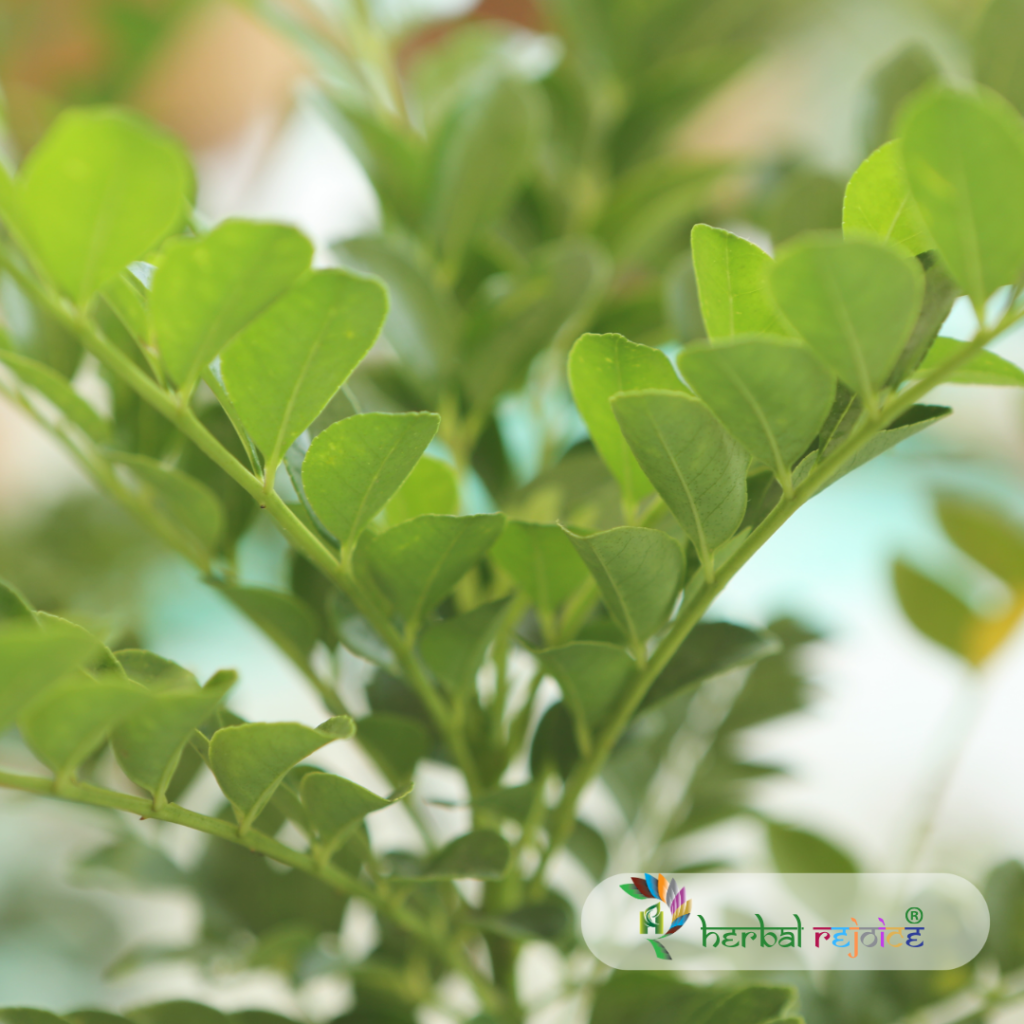Introduction
Zanthoxylum budrunga Wall. ex DC, also known as Z. limonella (Dennst.) Alston and Z. rhetsa DC, is a plant belonging to the Rutaceae family. It is commonly found in the foothills of Assam, Meghalaya, and Peninsular India. In Ayurveda, it is known as Tumburu in Kerala and Ashvaghra and Tejabala in other regions. Siddha/Tamil refers to it as Tratechai. This plant is known for its various medicinal properties and has been used in traditional medicine for centuries.
Therauptic Potential
One of the primary uses of Z. budrunga is for the treatment of digestive issues such as diarrhea and dyspepsia. It is also used in the management of respiratory conditions like asthma and bronchitis. Additionally, it is known to have anti-inflammatory properties, making it useful in the treatment of rheumatism. The plant is also used to address oral health issues like diseases of the mouth and teeth.
Different parts of the Z. budrunga plant have different therapeutic effects. The fruit is known to have astringent and digestive properties, making it beneficial for gastrointestinal ailments. It also possesses stimulant properties. The essential oil derived from the fruit has disinfectant properties and is commonly used in the management of infective dermatosis.
The bark of Z. budrunga has been found to have cholinergic, diuretic, hypoglycemic, and spasmolytic properties. These properties make it useful in the treatment of various conditions such as fevers and menstrual disorders. The root of the plant is known to have emmenagogue and febrifuge properties.

Chemical Constituents
Studies have been conducted on Z. budrunga to analyze its chemical composition and determine its pharmacological properties. The trunk-bark from Assam has been found to contain alkaloids like chelerythrine, evodiamine, and hydroxyevodiamine. These alkaloids contribute to the plant’s therapeutic effects. The essential oil derived from the fruit contains compounds like l-sabinene, alpha-terpinene, beta-phellandrene, 1,4-cineole, decanal, octanal, terpinen-4-ol, dihydrocarveol, l-cryptone, and cuminaldehyde. This essential oil has shown anti-inflammatory, anesthetic, and antagonistic activities.
Another species of Zanthoxylum, Z. nitidum (Roxb.) DC, found in Bihar, Sikkim, and Assam, is known as Tezmul in Assam. It is used for toothache and stomachache. This plant is also used in the preparation of pharmaceutical tablets given to drug addicts to manage withdrawal symptoms.
Z. ovalifolium Wight, found in the Eastern Himalayas, Meghalaya, and the Western Ghats of South Kanara and Kerala, is known as Armadalu in Karnataka and Diang-shih in Meghalaya. The leaf of this plant contains diosmetin, while the heartwood contains flavonoids like dihydrofisetin and cinnamaldehyde. The bark and fruit of Z. ovalifolium possess properties similar to other species of the genus.
Conclusion
In conclusion, Zanthoxylum budrunga Wall. ex DC, commonly known as Z. limonella and Z. rhetsa, is a plant with various medicinal properties. It has been used in traditional medicine for the treatment of digestive issues, respiratory conditions, rheumatism, and oral health problems. Different parts of the plant, such as the fruit, bark, and root, have different therapeutic effects. Studies have shown the presence of different compounds in Z. budrunga, contributing to its pharmacological properties. Another species of Zanthoxylum, Z. nitidum, and Z. ovalifolium, also have their own medicinal properties. Further research is needed to explore the full potential of these plants in the field of medicine.
Frequently Asked Questions
What is Zanthoxylum budrunga Wall. ex DC?
Zanthoxylum budrunga Wall. ex DC, also known as Z. limonella and Z. rhetsa, is a plant belonging to the Rutaceae family.
Where is Zanthoxylum budrunga commonly found?
Zanthoxylum budrunga is commonly found in the foothills of Assam, Meghalaya, and Peninsular India.
What are the medicinal properties of Zanthoxylum budrunga?
Zanthoxylum budrunga has various medicinal properties, including the treatment of digestive issues, respiratory conditions, rheumatism, and oral health problems.
How is Zanthoxylum budrunga used in Ayurveda?
In Ayurveda, Zanthoxylum budrunga is known as Tumburu in Kerala and Ashvaghra and Tejabala in other regions. It is used for its medicinal properties in traditional medicine.
What is the role of Zanthoxylum budrunga in the treatment of diarrhea?
Zanthoxylum budrunga is commonly used for the treatment of digestive issues such as diarrhea and dyspepsia.
Can Zanthoxylum budrunga be used for respiratory conditions?
Yes, Zanthoxylum budrunga is used in the management of respiratory conditions like asthma and bronchitis.
How does Zanthoxylum budrunga help in the treatment of rheumatism?
Zanthoxylum budrunga possesses anti-inflammatory properties, making it useful in the treatment of rheumatism.
What are the uses of the fruit of Zanthoxylum budrunga?
The fruit of Zanthoxylum budrunga has astringent and digestive properties, making it beneficial for gastrointestinal ailments. It also possesses stimulant properties.
What is the therapeutic effect of the essential oil derived from the fruit of Zanthoxylum budrunga?
The essential oil derived from the fruit of Zanthoxylum budrunga has disinfectant properties and is commonly used in the management of infective dermatosis.
What properties does the bark of Zanthoxylum budrunga have?
The bark of Zanthoxylum budrunga has cholinergic, diuretic, hypoglycemic, and spasmolytic properties.
How is the root of Zanthoxylum budrunga used in traditional medicine?
The root of Zanthoxylum budrunga is known to have emmenagogue and febrifuge properties and is used in the treatment of conditions such as fevers and menstrual disorders.
What compounds are found in the trunk-bark of Zanthoxylum budrunga from Assam?
The trunk-bark of Zanthoxylum budrunga from Assam contains alkaloids like chelerythrine, evodiamine, and hydroxyevodiamine.
What are some of the compounds found in the essential oil derived from the fruit of Zanthoxylum budrunga?
The essential oil derived from the fruit of Zanthoxylum budrunga contains compounds like l-sabinene, alpha-terpinene, beta-phellandrene, 1,4-cineole, decanal, octanal, terpinen-4-ol, dihydrocarveol, l-cryptone, and cuminaldehyde.
What is the species Zanthoxylum nitidum known for?
Zanthoxylum nitidum is known as Tezmul in Assam and is used for toothache and stomachache.
What other species of Zanthoxylum have medicinal properties?
Zanthoxylum ovalifolium, found in the Eastern Himalayas, Meghalaya, and the Western Ghats of South Kanara and Kerala, also has medicinal properties.
What compounds are found in Zanthoxylum ovalifolium?
The leaf of Zanthoxylum ovalifolium contains diosmetin, while the heartwood contains flavonoids like dihydrofisetin and cinnamaldehyde.


